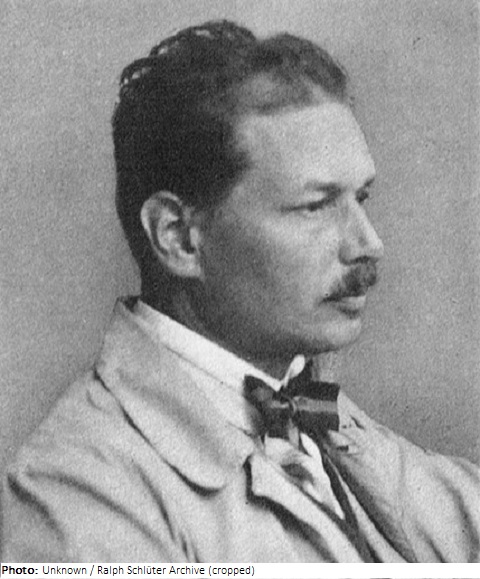Tore Strindberg

Biographical information
| Roles | Competed in Olympic Games |
|---|---|
| Sex | Male |
| Full name | Tore•Strindberg |
| Used name | Tore•Strindberg |
| Born | 19 February 1882 in Stockholm, Stockholm (SWE) |
| Died | 6 February 1968 (aged 85 years 11 months 15 days) in Stockholm, Stockholm (SWE) |
| NOC |  Sweden Sweden |
Biography
Swedish Tore Strindberg was a sculptor and medalist, and was especially known in the 1920s and 1930s for his bronze sculptures in the classical and realistic style. From 1902-05 he studied at the Academy of Fine Arts in Stockholm after being trained as a medalist. With a scholarship, he visited various European countries. Strindberg’s works demonstrate the French style of the 16th century, which fascinated a lot of Swedish artists of the time, which Strindberg’s poetry and sculptures sought to unite more than any other artist in Sweden. His biggest assignment was the decoration of the Järntorget in Göteborg. He also designed jubilee medals for Pierre de Coubertin and the 1944 Olympic Games.
His brother Nils Strindberg (1872-97) was a photographer and member of the failed 1897 North Pole gas balloon expedition with August Salomon Andrée (1854-97). It was not until 1930 that the bodies of Andrée, Strindberg and another compatriot, Knut Fränkel, were found on the island Kvitøya. Tore also created a memorial for the victims.
Strindberg produced a number of girl figures during his long productive period. In 1925 his bronze sculpture Crocus was erected, which represents a girl with a wilting crocus blossom in her hand. It is considered one of his masterpieces and can be found on the Stadshusterrassen in Stockholm. Additional copies of the 1 m tall figure are located in Göteborg, Karlshamn, and Borås. There are additional copies and detailed representations of the head in the art trade. It is not proven whether Crocus was actually the work exhibited in Los Angeles.
Results
| Games | Discipline (Sport) / Event | NOC / Team | Pos | Medal | As | |
|---|---|---|---|---|---|---|
| 1932 Summer Olympics | Art Competitions |  SWE SWE |
Tore Strindberg | |||
| Sculpturing, Statues, Open (Olympic) |